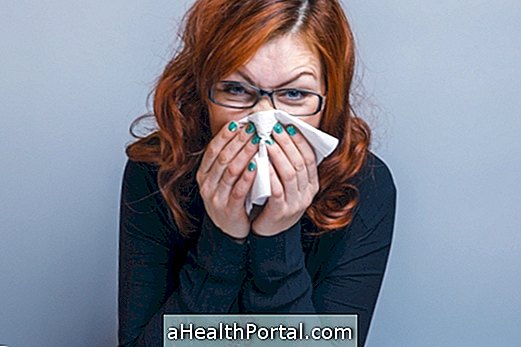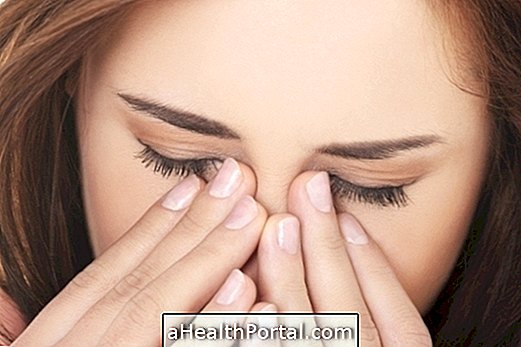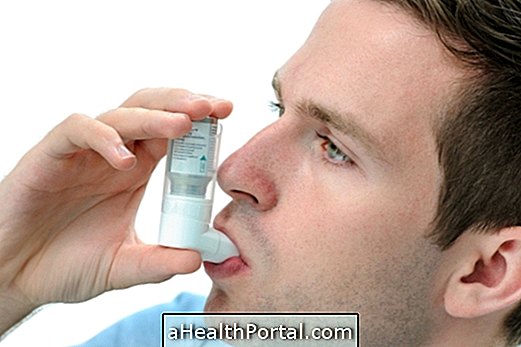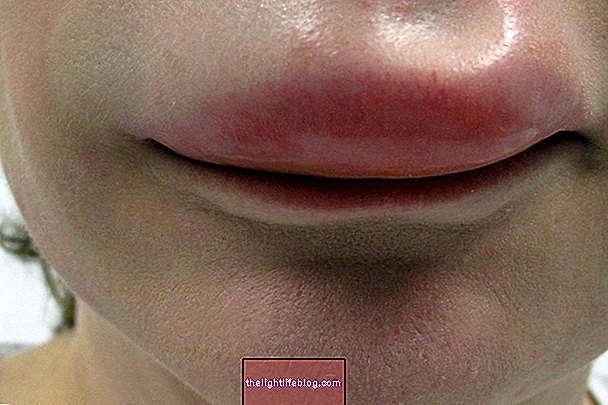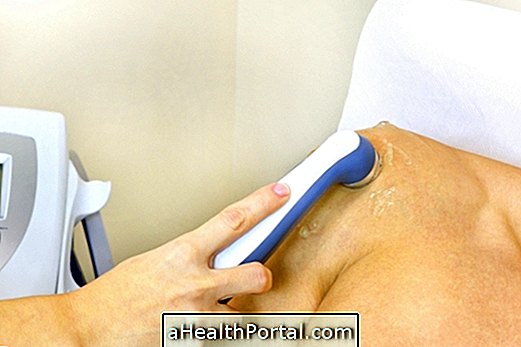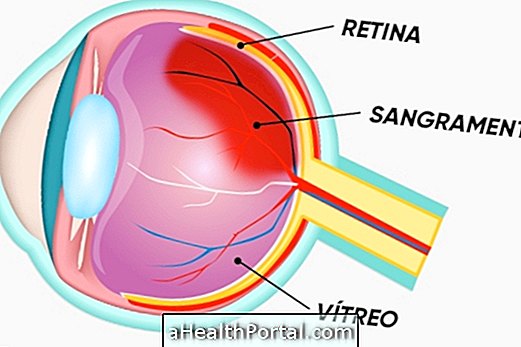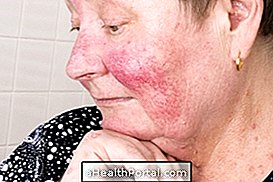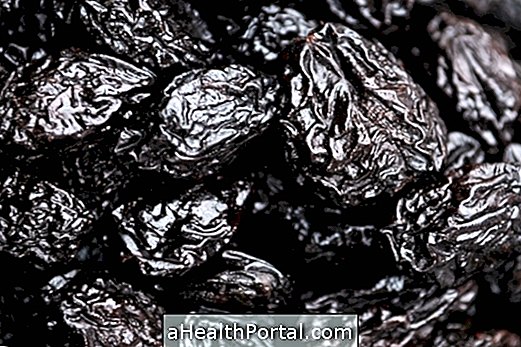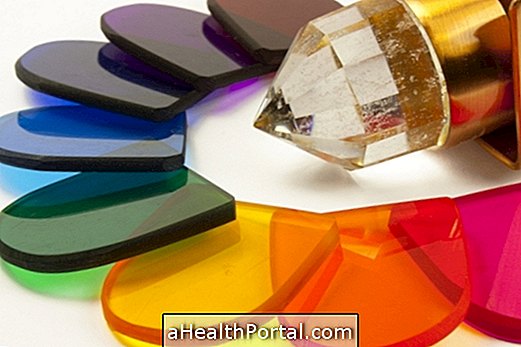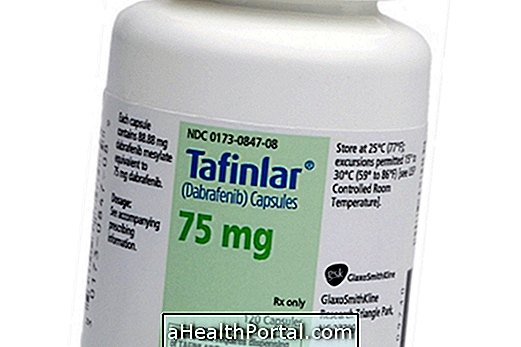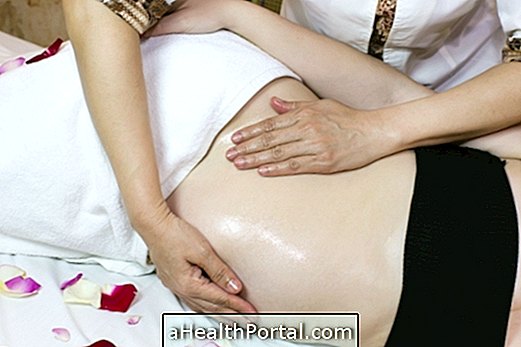Cholinergic urticaria is a type of skin allergy that arises after an increase in body temperature, which can happen during periods of heat or physical activity, for example.
This type of hives is also known as heat allergy, and is characterized by the appearance of small red lumps with a lot of itching in the affected areas, being very common in the back and neck. To treat this change it is necessary to decrease the heat with a cold bath, for example, besides the use of anti-allergic medications or ointments, prescribed by the dermatologist.
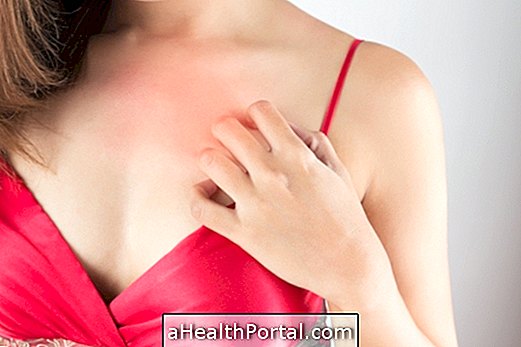
Main symptoms
Cholinergic urticaria usually occurs in adolescents and adults, but can occur in people of all ages. It is characterized by the appearance of small lumps, plaques or reddish spots on the body that scratch and may be isolated or accompanied by:
- Swelling of the skin or lips, eyes, or throat, also known as angioedema;
- Cough or shortness of breath;
- Pain in the stomach, feeling sick or diarrhea;
- Decreased blood pressure.
If these symptoms accompany urticaria, it is necessary to go to the emergency room because of the risk of respiratory distress due to swelling of the throat and lungs.
To diagnose this type of allergy, the dermatologist should observe the characteristics of the reaction in the skin, but it may be necessary to carry out a test with local heating, such as contact with hot water for a few minutes, for example.


In babies and some predisposed people, there is also another type of reaction to heat, but what happens when heat sweat clogs and inflames the pores and causes a reaction with lumps and itching on the skin, known as a sprout. Here's how to identify and treat the bud.
What causes cholinergic urticaria
In cholinergic urticaria, the formation of reddened lumps, plaques or red spots on the body is more common in situations such as:
- Intense physical exercise;
- Hot baths;
- Contact with hot substances such as compresses;
- Excessive heat, causing sweat.
This type of allergy is part of the group of urticarias that are triggered by physical stimuli such as heat, sun, cold, contact with products and sweat, and it is common to have more than one type. Here's how to identify other types of hives and how to treat them.
How is the treatment done?
Cholinergic urticaria has no cure, but its symptoms can be alleviated. For this, it is necessary to follow the guidelines of the dermatologist, which usually include the use of some anti-allergic medicines such as Hidroxizine and Cetirizine, and may be associated ointments to potentiate the effect, such as betamethasone.
In addition, it is essential to do the cooling of the body, with a cold bath or go to a ventilated place, for example. In some people, stress, drinking alcohol, or using other medicines can also trigger or worsen seizures and should be avoided.
Generally, the reactions last for a few minutes to 24 hours, but in some people, they can be chronic and persist for longer. Thus, in people with very intense and repetitive urticarias, a longer treatment with anti-allergic or corticoid medications may be necessary for a longer time to stabilize immunity.
Home Treatment for Cholinergic Urticaria
The natural treatment for cholinergic urticaria can be performed in cases of mild reactions or as a complement to the treatment, in the most intense cases, and can be done with cold compresses of chamomile, pansy or flaxseed twice a day. Check out the recipes from home remedies for treating skin allergy.
